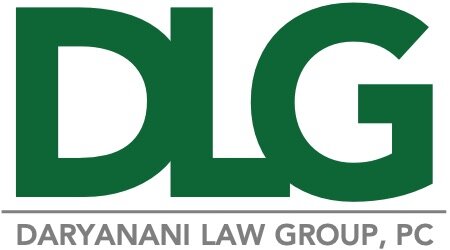Good Fences Make Good Neighbors in Washington Square Park.
Famed artist and activist Ai Weiwei has a new multi-site exhibit in New York City. Good Fences Make Good Neighbors is a multi-media exhibition for public spaces, monuments, buildings, and transportation sites and is a "passionate response to the global migration crisis and a reflection on the profound social and political impulse to divide people from each other."
The exhibit is spread out over the five boroughs. In Washington Square Park (pictured above), where Ai Weiwei often visited in the 1980s when he lived nearby, his thirty-seven-foot-tall steel cage titled "Arch" seems at first only an impenetrable barrier, but the opening, cut in the silhouette of two united figures, allows passage. In Central Park, "Gilded Cage" evokes the "luxury of Fifth Avenue and the privations of confinement." At Flushing Meadows in Queens, his 1,000-foot-long "Circle Fence" uses metal frames with netting to surround the Unisphere, making a "global border that can be seen as both playful and sobering." Ai Wewei has also created 200 banners to appear on lampposts across all five boroughs that feature images from his new documentary Human Flow, which was made after he traveled to twenty-three countries and more than forty refugee camps in 2016.
The exhibit title references a folksy proverb cited in poet Robert Frost’s Mending Wall, and Ai Weiwei chose this title with "an ironic smile and a keen sense of how populist notions often stir up fear and prejudice." Visitors to the exhibition will find that "good fences" do not just keep people out but, more importantly, let people in. Ai Weiwei says: “Think about 65 million refugees who stay in the cold and the rain and the horror with no hope...Fortunately, and also fortunately, we’re spoiled by contemporary life; we forget other people still in suffering and in pain and who need help. We have to protect the people just like we have to protect ourselves. Otherwise, anyone can be refugees.”





